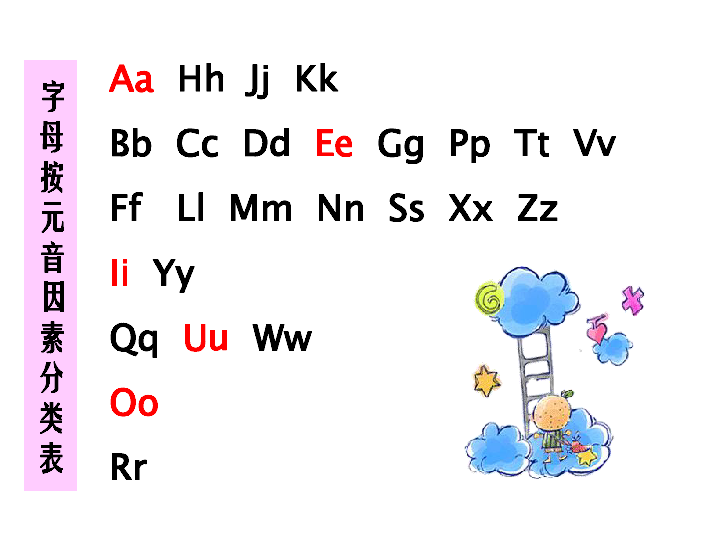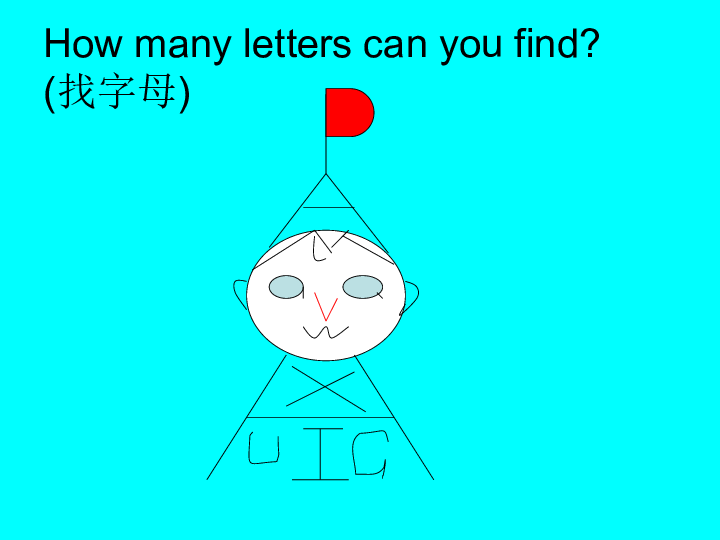What Color Are Bees Attracted To? Discover the Vibrant Hues That Draw in These Essential Pollinators
#### IntroductionBees are not just fascinating creatures; they play a crucial role in our ecosystem as pollinators. Understanding what color are bees attrac……
#### Introduction
Bees are not just fascinating creatures; they play a crucial role in our ecosystem as pollinators. Understanding what color are bees attracted to can help gardeners, farmers, and nature enthusiasts create environments that support these vital insects. In this article, we will explore the colors that bees find irresistible and how you can use this knowledge to enhance your garden or landscape.
#### The Science Behind Bee Attraction
Bees have a unique vision that allows them to see colors differently than humans do. While humans primarily see the colors of the rainbow, bees are particularly attracted to certain wavelengths of light. Research indicates that bees are drawn to colors in the blue and violet spectrum, as well as ultraviolet (UV) light, which is invisible to the human eye. This means that flowers that reflect these wavelengths are more likely to attract bees.
#### What Color Are Bees Attracted To: The Key Players
1. **Blue**: One of the most attractive colors for bees is blue. Flowers such as bluebells, delphiniums, and cornflowers are excellent choices for attracting these pollinators. The vibrant blue hue stands out in gardens and fields, making it easier for bees to locate them.

2. **Purple**: Similar to blue, purple flowers are also highly appealing to bees. Plants like lavender, alliums, and bee balm not only provide a rich source of nectar but also create a visually stunning display in any garden setting.
3. **Yellow**: Bees are also attracted to yellow flowers. Sunflowers, daisies, and buttercups are just a few examples of yellow blooms that can draw bees to your garden. The bright yellow color is easily recognizable and can help guide bees to the nectar.
4. **White**: While not as vibrant as blue or purple, white flowers can still attract bees, especially in low-light conditions. Flowers like jasmine and white clover can be effective in attracting bees, particularly in the evening when they are more active.
5. **Ultraviolet Patterns**: Many flowers have UV patterns that are invisible to the human eye but serve as guides for bees. These patterns can help bees locate the nectar and pollen sources more efficiently. Planting flowers with UV patterns can significantly increase your chances of attracting bees.
#### Creating a Bee-Friendly Garden

If you want to attract bees to your garden, consider planting a variety of flowers that fall within the colors bees are attracted to. Here are some tips to create a bee-friendly environment:
- **Diverse Plant Selection**: Include a mix of blue, purple, yellow, and white flowers in your garden. This diversity will provide bees with a range of options and ensure that they have access to nectar throughout the growing season.
- **Native Plants**: Incorporate native plants into your garden. Native flowers are often better adapted to local conditions and can provide essential food sources for bees.
- **Continuous Bloom**: Choose plants that bloom at different times throughout the season. This will ensure that there is always something in bloom for bees to forage on, providing them with a consistent food source.
- **Avoid Pesticides**: Pesticides can be harmful to bees. Opt for organic gardening practices to protect these essential pollinators and promote a healthy ecosystem.

#### Conclusion
Understanding what color are bees attracted to is essential for anyone looking to support these important pollinators. By planting a variety of blue, purple, yellow, and white flowers in your garden, you can create an inviting environment that encourages bees to visit. Not only will this benefit the bees, but it will also enhance the beauty of your outdoor space. So, get ready to roll up your sleeves and create a vibrant, bee-friendly garden that thrives with life!